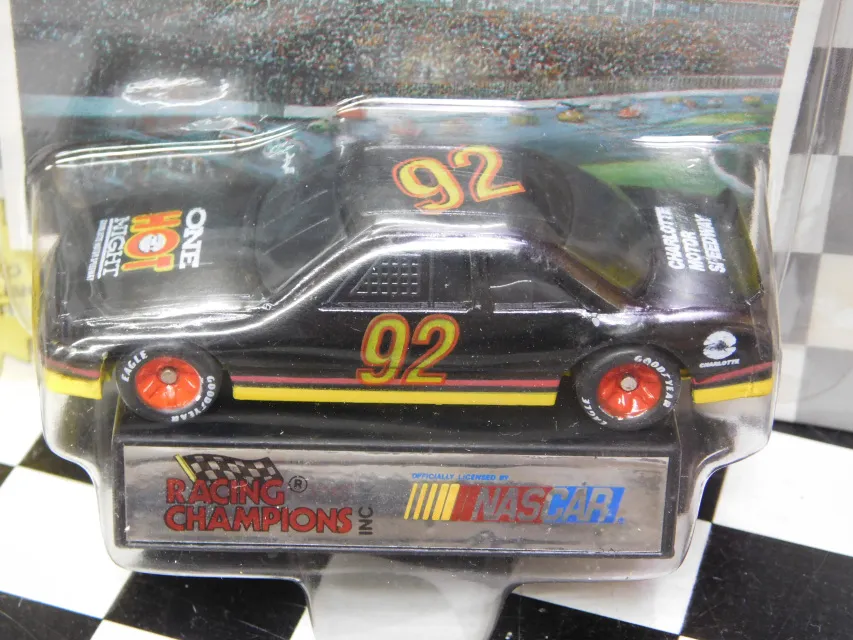What is Diecast Racing
Diecast racing is a thrilling hobby and competitive sport where miniature cars, typically made of diecast metal, are raced against each other. It combines the excitement of motorsports with the intricacies of model car collecting and customization. Unlike traditional racing, diecast racing provides an accessible and affordable way to experience the thrill of competition. Participants of all ages can compete, making it a popular pastime for families, enthusiasts, and serious racers alike. This guide is designed to provide you with the knowledge and tools you need to get started, whether you are a complete beginner or looking to improve your skills. Welcome to the exhilarating world of diecast racing.
The Thrill of Miniature Motorsports
The appeal of diecast racing lies in its accessibility and the deep sense of community it fosters. The sport provides a unique blend of strategy, skill, and luck, making each race an exciting experience. Racers carefully select, modify, and tune their cars to gain a competitive edge. The satisfaction of seeing your car perform well on the track, outmaneuvering opponents, is a rewarding experience. More than just a hobby, it’s a social activity that brings people together. The camaraderie and shared passion for miniature motorsports are integral to its appeal. The thrill of competition, combined with the strategic aspects of the sport, makes diecast racing a truly engaging and rewarding activity.
Understanding the Basics
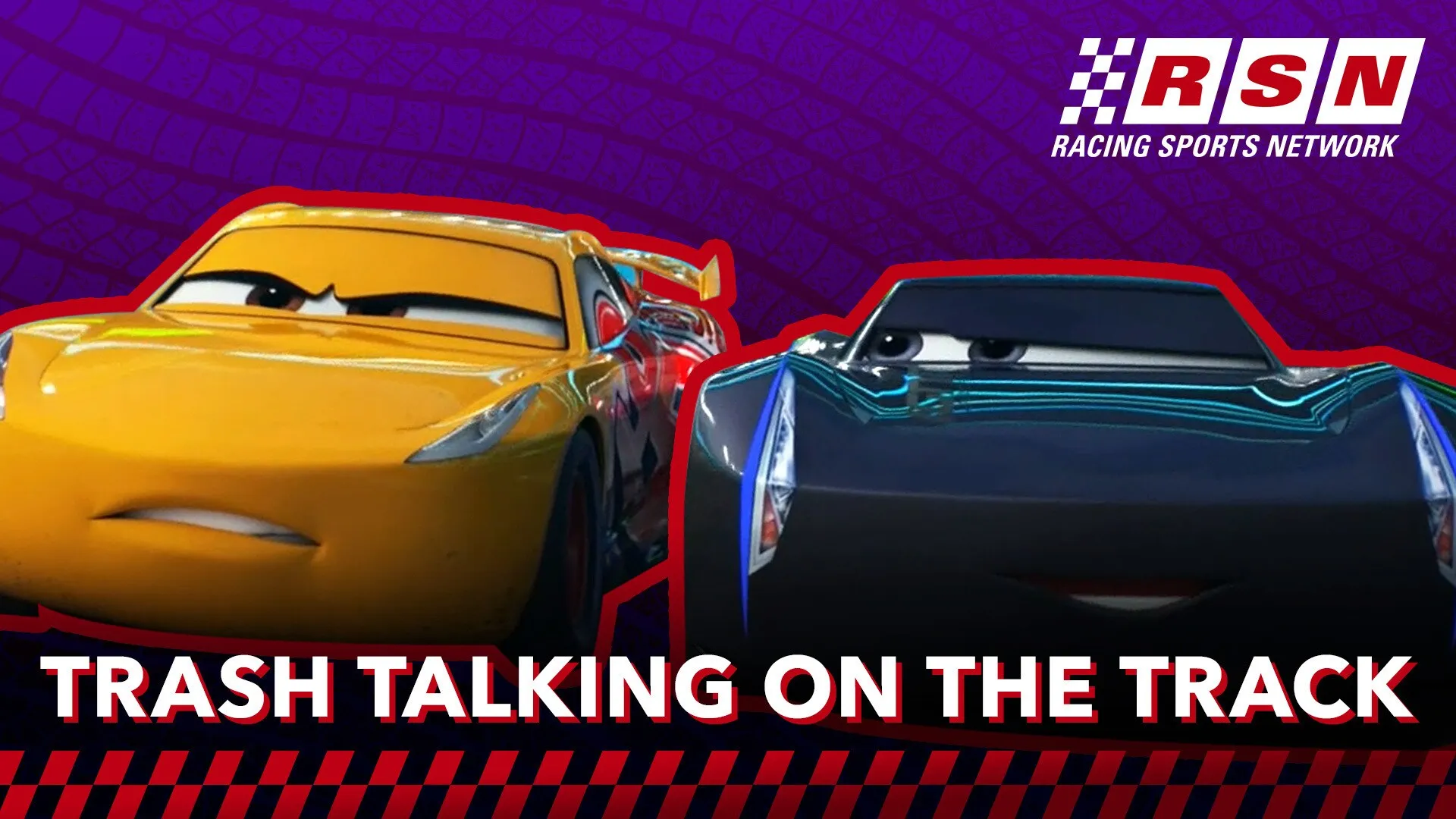
Before diving into the world of diecast racing, grasping the fundamentals is crucial. The core idea revolves around racing miniature cars down a track, usually gravity-powered. The goal is simple: to cross the finish line first. Races can vary in length and track design, from simple straight runs to complex courses with turns, jumps, and obstacles. Each race is a test of speed, design, and strategy. Participants must consider factors such as car weight, aerodynamics, and track conditions. Understanding these basics will allow you to appreciate the complexity and skill involved in diecast racing. This knowledge sets the stage for more advanced techniques and strategies, ensuring you’re well-equipped to enjoy the sport to its fullest.
Choosing Your Diecast Car
Scale and Types
Diecast cars come in various scales, with 1:64 scale being the most common and popular for racing. This means the car is 64 times smaller than the real-life vehicle. Other scales, such as 1:43 or 1:24, exist but are less frequently used in racing due to track size limitations and the increased cost of larger models. There are also different types of diecast cars, including stock cars, dragsters, and custom-built models. The choice of car type can significantly impact your racing performance. For instance, stock cars often provide a balance of speed and handling, while dragsters might prioritize raw speed over maneuverability. Consider these factors when selecting your first car to align with your racing style.
Factors to Consider
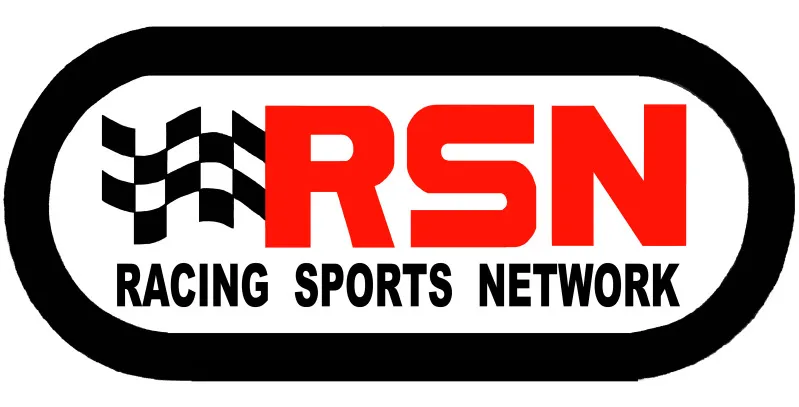
When choosing a diecast car for racing, several factors should influence your decision. Firstly, consider the car’s weight and how it affects its speed and stability. Heavier cars can gain more momentum, but they might be slower to accelerate. Aerodynamics play a vital role; look for cars with streamlined designs. Durability is also key; a car that can withstand the rigors of racing will save you time and money. Finally, think about the potential for customization and modification. Many diecast racers enjoy upgrading their cars with new wheels, axles, and weights to enhance their performance. Selecting a car with ample customization options will allow you to fine-tune its performance and create a unique racing machine.
Essential Racing Equipment
Beyond the car, you will need some essential equipment to start racing. A dedicated racing track is, of course, fundamental. Tracks can range from simple, homemade setups to professionally designed tracks with multiple lanes, curves, and special features. The track’s quality and design will greatly impact the racing experience. Additional equipment includes a starting gate, which ensures a fair start for all cars, and a finish line mechanism to accurately determine the winner. Lubricants, tools, and other accessories for car maintenance and tuning are also necessary. Having the right equipment not only enhances your racing experience but also allows you to compete effectively and enjoy the full potential of the sport.
The Track and Layout
The layout and design of the track greatly affect the racing dynamics. Tracks can be straight, curved, or include a combination of both. Straight tracks emphasize speed, whereas curved tracks test handling and cornering skills. Some tracks incorporate features such as jumps, loops, or banked turns, adding further excitement and strategic considerations to the races. A well-designed track will be smooth and free from obstacles that could impede the cars’ progress. Consider the length, width, and material of the track when choosing a racing setup. Experiment with different track layouts to find the design that suits your racing style and car’s performance. A dynamic track layout will ensure that racing remains engaging and competitive.
Tools and Accessories
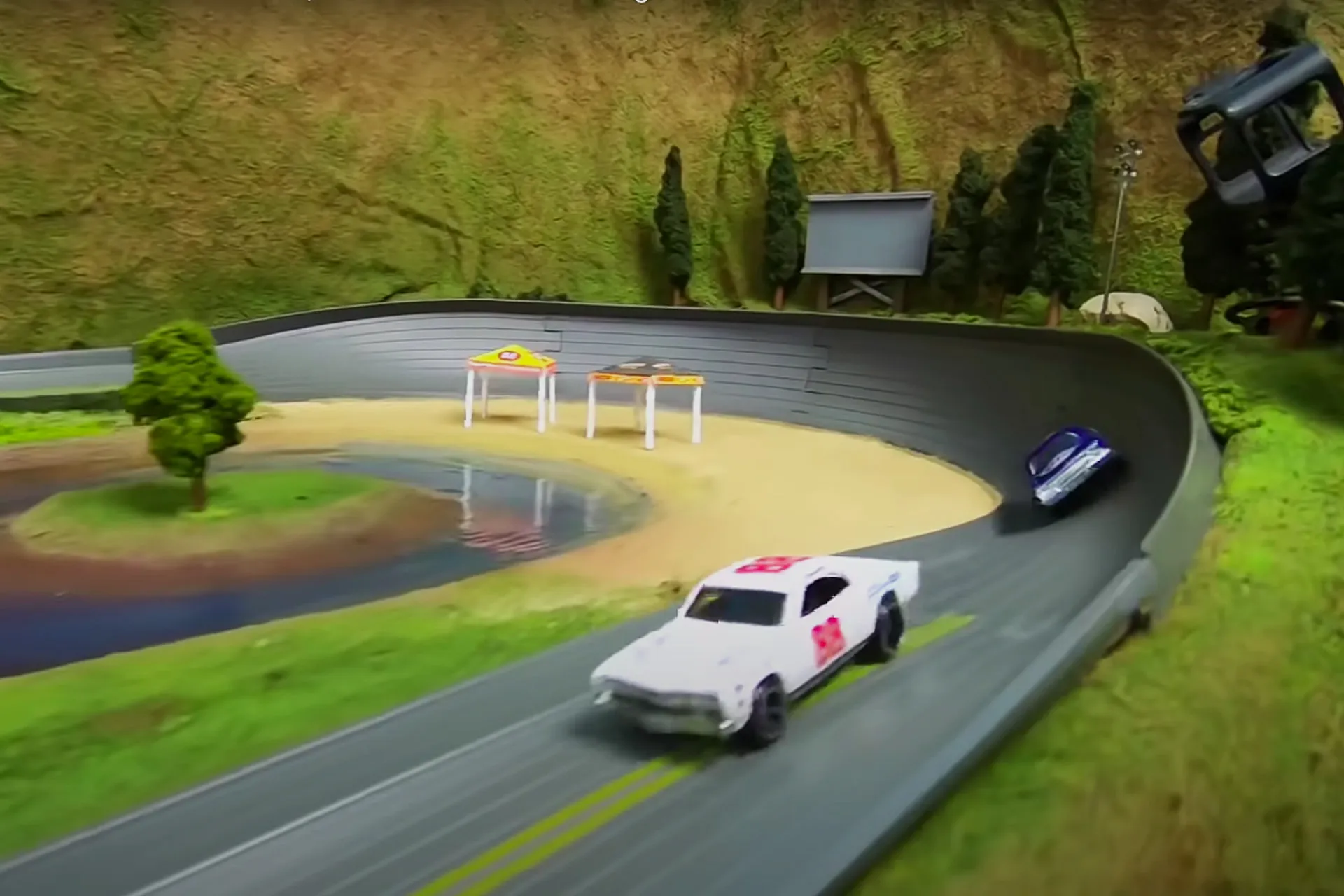
Having the right tools and accessories can significantly improve your car’s performance. You will need tools for car modification, such as screwdrivers, pliers, and files for adjusting weight and body parts. Lubricants will reduce friction and help the car move faster. High-quality wheels and axles can also greatly affect performance. The weight of your car also contributes, and racers use materials like lead tape or modeling clay to fine-tune the car’s balance. Investing in a reliable measuring device to weigh your car accurately is essential for balancing its weight. The right tools and accessories not only enable you to customize your car but also allow you to make strategic adjustments to optimize its racing performance and give you a competitive edge on the track.
Preparing Your Car for Racing
Preparing your car for racing is an essential process. Start by inspecting the car for any defects or loose parts that could affect performance. Ensure the wheels spin freely and are properly aligned. Adjusting the axles and wheels will reduce friction and improve speed. Consider modifying the car’s weight distribution by adding small amounts of weight strategically. This will enhance your car’s stability and handling. Lubricating the axles and wheels is crucial for minimizing friction. Experiment with different weights and lubrication techniques to find the optimal setup for your car and track conditions. Taking the time to properly prepare your car will increase its performance and your enjoyment of the racing experience.
Performance Tuning Tips
Weight Distribution
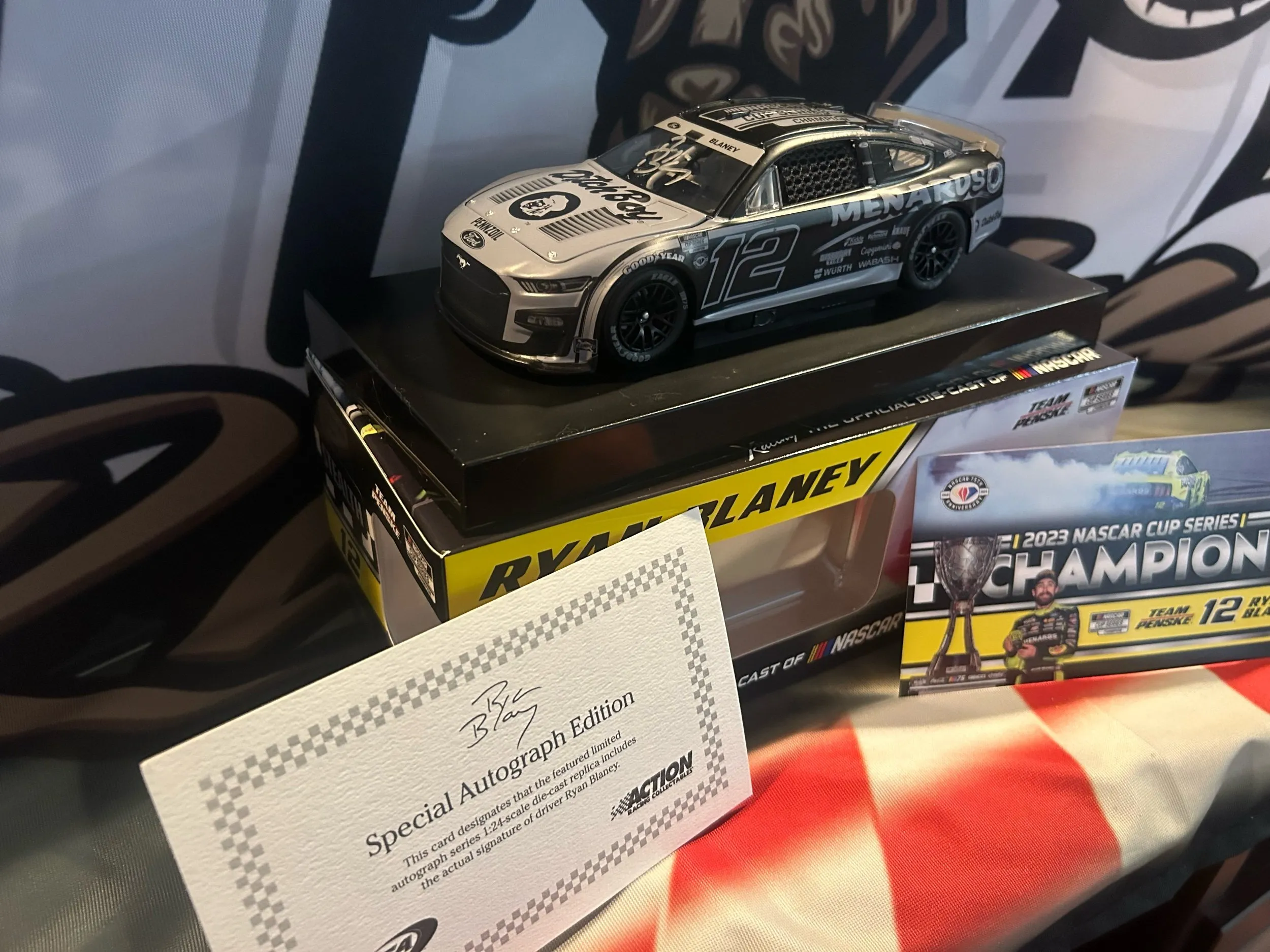
Weight distribution is a key element in tuning your diecast car for optimum performance. Experiment with placing small weights (such as lead tape or modeling clay) in different locations on the car’s chassis. Placing weight towards the rear can improve acceleration, while adding weight toward the front can enhance stability. The aim is to balance the car’s weight to achieve the best combination of speed, handling, and stability. Testing your car after each adjustment on a track will help you understand how weight changes affect its performance. The ideal weight distribution varies depending on track conditions and racing style, so experiment to discover the ideal balance for your car.
Wheel and Tire Selection
Choosing the right wheels and tires is equally vital for maximizing your car’s performance. Select wheels with minimal friction and balanced weight. Tires with a good grip will improve handling, especially around curves. The material of the tires also plays a role; some racers use rubber tires for grip, while others use plastic tires for speed. Consider the track surface when choosing tires; smooth tracks may benefit from harder tires for less rolling resistance, whereas rougher tracks may require softer tires for better grip. Experiment with different wheel and tire combinations to optimize the car’s performance on your track. This fine-tuning process is an essential part of the diecast racing experience.
Mastering Racing Techniques
Starting Strategies
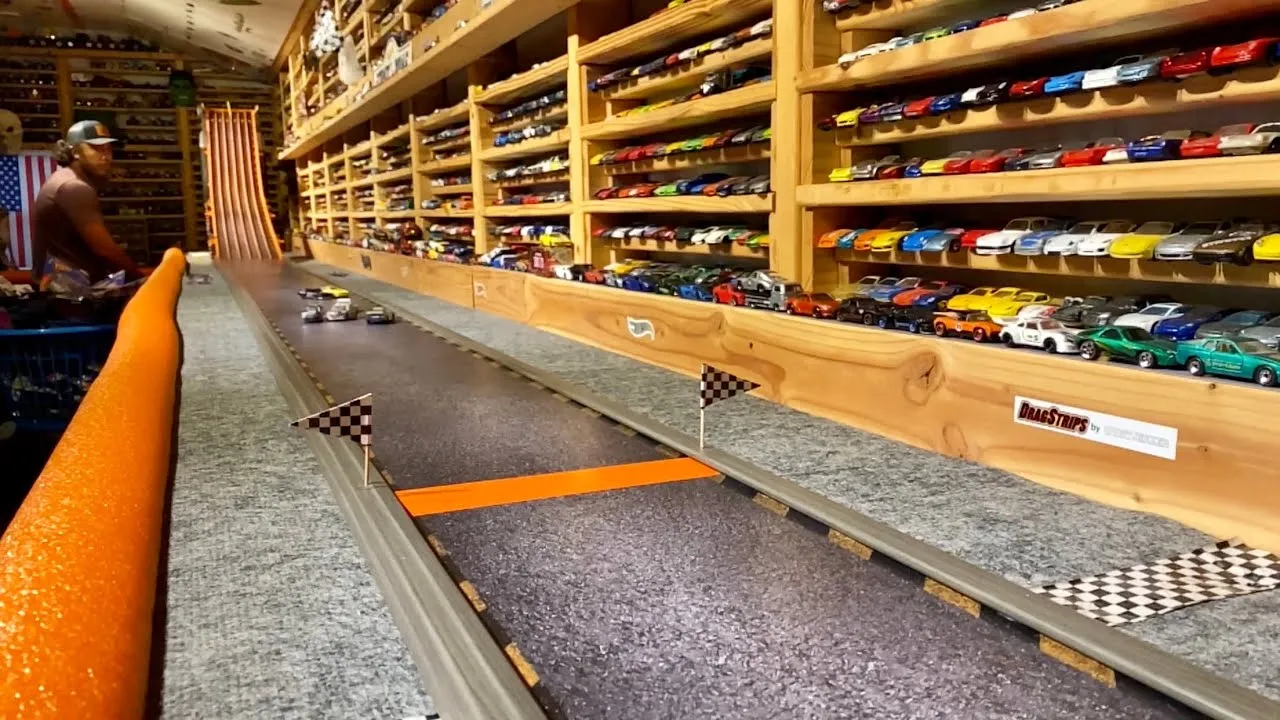
A strong start can set the tone for the entire race. A quick start can gain you an advantage. Focus on consistent launches, ensuring that your car accelerates rapidly from the starting gate. Practice different starting techniques to find what works best for your car and track. The ideal start is one that maximizes the car’s initial momentum without losing traction. Experiment with the starting gate mechanism to achieve the perfect launch angle for your car. A good starting strategy can help you gain position and increase your chances of winning.
Cornering Techniques
Mastering cornering is crucial for success, especially on tracks with turns. Approach the corner with the right speed, and ideally, reduce your speed before entering. The goal is to maintain your speed through the turn without losing control. Experiment with different driving lines to find the most efficient route. Practice smooth, controlled steering to avoid skidding or losing momentum. Successful cornering involves judging the curve and adjusting your steering to maintain speed and control. By improving your cornering skills, you will be able to maneuver the track more effectively and save valuable time during races.
Overtaking and Defense
Overtaking and defense are vital skills in competitive racing. When overtaking, identify opportunities to pass competitors. A well-timed maneuver can give you a competitive edge. Defending your position is also essential; ensure you maintain the racing line and block overtaking attempts. Anticipate your opponent’s moves and position your car accordingly. Practice overtaking and defense strategies in different scenarios. Being able to overtake efficiently and defend your position effectively are key components of becoming a successful diecast racer. These skills will help you gain positions and protect your lead during races.
Diecast Racing Events and Communities
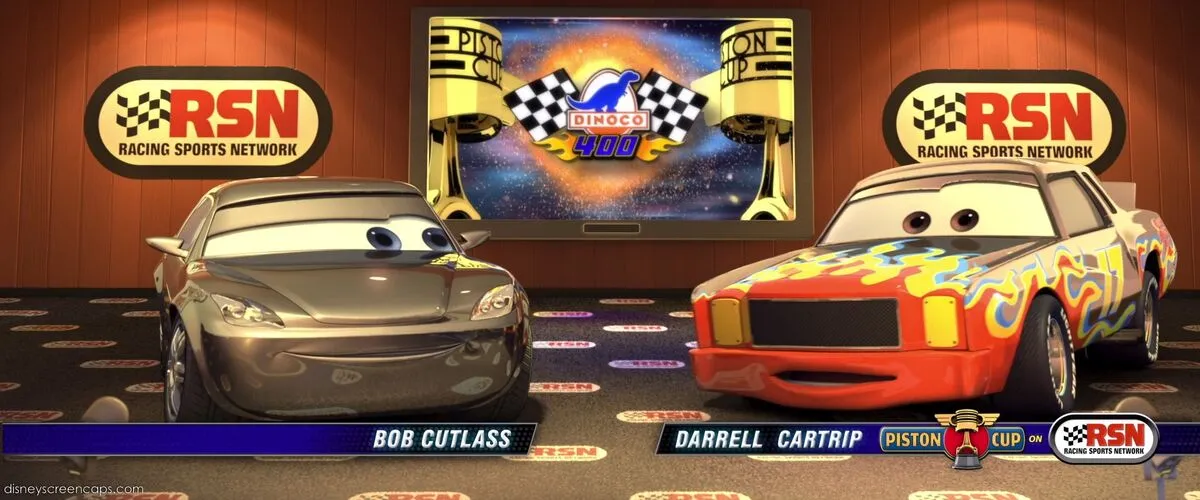
Finding Local Races
Locating local diecast racing events is the first step in joining a community. Search online directories, social media groups, and local hobby stores for information about events in your area. Hobby shops often host races and provide valuable information. Local community centers and recreational organizations might also have events. Attending local races is a fantastic way to meet other racers, learn the ropes, and experience the excitement of competition. Getting involved in the local racing scene is crucial for both improving your skills and expanding your knowledge of the sport. Embrace opportunities to meet fellow enthusiasts and enjoy the vibrant diecast racing community.
Online Communities and Forums
Online communities and forums are valuable resources for diecast racers. They provide a space for sharing tips, strategies, and photos of your cars. These platforms offer a chance to connect with other racers from around the world. Find forums dedicated to your preferred scale or racing style. Engage in discussions, ask questions, and share your experiences. The online community is a fantastic place to get inspiration, advice, and stay updated on the latest trends in diecast racing. These communities are invaluable for learning, sharing, and connecting with fellow enthusiasts.
Building Your Network
Building a network in the diecast racing community can greatly enhance your enjoyment and success in the sport. Attend local races, join online forums, and participate in events to meet other racers. Connect with individuals who share your passion for diecast racing. Learn from experienced racers, exchange tips, and build friendships. Networking creates opportunities for learning, collaboration, and fun. A strong network is a valuable asset, supporting your growth as a racer. The relationships you build within the community will enhance your enjoyment and provide valuable support on your diecast racing journey.
The Future of Diecast Racing
Diecast racing has a promising future, and its popularity is continuously growing. As the hobby evolves, there will be even greater technological advancements and innovative car designs. Increasing participation in organized leagues and events will foster more community involvement. With the emergence of online racing platforms and virtual competitions, diecast racing will become even more accessible to people around the world. The future holds exciting possibilities for this engaging sport, offering enthusiasts a continually evolving and thrilling experience. As technology advances and communities grow, the world of diecast racing will only become more exciting and immersive for everyone involved.
